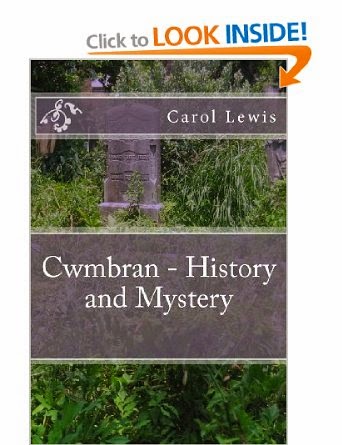Can you imagine the government of today suddenly announcing that Christmas is banned? This is what happened during the rule of Oliver Cromwell.
In the late 1500's Phillip
Stubbes, an English pamphleteer and Puritan wrote 'The Anatomie of
Abuses in England' and in it commented, amongst other subjects, on
Christmas.
“More mischief is then
committed than in all the year, what masking and mumming whereby
robbery, whoredom, murder and whatnot is committed. What dicing and
carding, what eating and drinking, what banqueting and feasting is
then used more than in all the year besides to the great dishonour of
God and impoverishing of the realm”
The 25th
December in the time of the Stuarts was a public holiday. All places
of work were closed, church services were held, presents were
exchanged and there was drinking, singing, eating, stage plays and
dancing. Afterwards for the next eleven days, masses were held, the
working day was shorter and festivities culminated on Twelfth Night
with a feast.
However by the mid 1500s
England had broken away from the Catholic Church and had become
Protestant. Christmas was a Catholic feast day and Protestant
leaders began to reject Catholic feast days and Saints days. Some,
such as John Calvin and John Knox preferred to only celebrate where
it specifically said so in the Bible. The views of those Protestant
leaders was that Christmas was a remnant of the Catholic Church and
not wanted anymore. There was no mention in the Bible to celebrate
on 25th December
and no mention at all of spending the day eating and drinking too
much. Their conclusion was there should be stricter observance of
Sunday and Easter, Christmas and the Saints days should be banned
When Oliver Cromwell came
to power in 1644 with his Puritan forces steps were taken to curb the
excesses of Christmas. In Scotland football, snowballing and carol
singing had already been banned in 1583 and so the same was tried in
England as it was thought the celebration of Christmas was
threatening core Christian beliefs. Any activity thought to be
associated with celebrating Christmas was against the law, even going
to church, though there is no sign Oliver Cromwell personally
enforced this.
A new Directory of Public
Worship was created by parliament with help from church ministers to
reorganise worship. It would be the only form of worship allowed in
England and Wales. Only if there was biblical justification could be
a festival be held and since, up until the reign of Henry VIII
England had been a Catholic country, to end all feast days and saints
days meant there probably wasn’t much left.
In 1649 Cromwell had King
Charles I executed and for the next four years England was ruled by
Parliament. Then on 20 April 1653 Oliver Cromwell expelled
Parliament and made himself Lord Protector.
Cromwell was a Puritan and
Puritans frowned upon pointless enjoyment. They lived their lives
according to the Bible and believed a person must work hard in order
to get into Heaven. As a result of beliefs Cromwell ordered all
playhouses to be shut, sport was banned, inns were closed and people
found working on the Sabbath were put into the stocks. No swearing
was allowed, colourful clothes were banned. Women wore long black
dresses with white aprons and head dresses. There was no make up.
Men also had to dress in black and have short hair.
By now Christmas was an
ordinary working day, shops and markets were open and people were
fined if they went to church. Soldiers even patrolled the streets in
London seizing any food deemed to be for Christmas.
In 1656 legislation was
passed that made Sunday a day of rest and also the Catholic element
of Christmas, 'Mass', was replaced with 'tide'.
The banning of Christmas
was incredibly unpopular with people who felt the government had no
right to be interfering with their beliefs. Riots took place and
lives were lost in places such as London and Norwich between those
who supported Christmas and those who didn’t.
In 1660 the monarchy was
restored and all legislation banning Christmas was
dropped and people were free to celebrate Christmas again.
However even though people
had secretly celebrated Christmas as best they could, or caused a
public disturbance by rioting, people did eventually stop celebrating
it altogether for fear of being fined. For around fifteen years
Christmas was not celebrated. As a result traditions began to die
out. There were no more Lords of Misrule, no singing in the streets,
no feasting, houses could not be publicly decorated. The inns and
theatres were closed so the mummers and carol singers had nowhere to
call. No gifts were exchanged, no nativities. Just another day.
Christmas really wouldn’t be celebrated again properly again until
Victorian times.





























